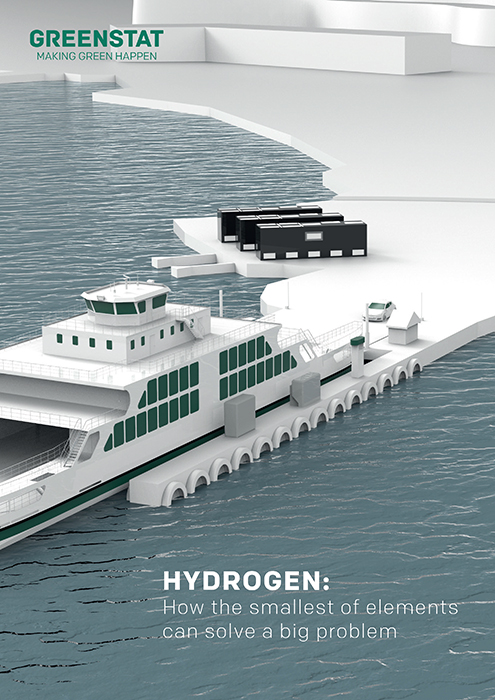Vegard Frihammar, leader of Greenstat, turns the spotlight on hydrogen and reveals how the smallest of elements can solve a big problem by focusing on the maritime industry
Here, we learn about the potential of hydrogen to replace fossil fuels in the maritime industry, as it turns out that an overwhelming majority of emissions from shipping comes from the fuel that is used – calling into question the use of heavy fuel oil, marine diesel oil, marine gas oil or liquified natural gas, despite their varying levels of emission.
Greenstat gives us an intriguing insight into how hydrogen can be used to create energy, even though it is not a fuel. Hydrogen is an energy carrier, as opposed to a fuel, so it can be utilised together with a fuel cell. This converts the hydrogen into electricity and a battery, to provide propulsion.
Another interesting angle presented by Frihammar explores how it is possible to achieve nearly emission-free hydrogen using natural gas as an input source – which is actually the main production method today.
Did you know that in the Belgian city of Antwerp, Hydroville is the first certified passenger shuttle that uses hydrogen to power a diesel engine?
And that the Japanese company Kawasaki has developed a hydrogen carrier, capable of transporting immense amounts of liquid hydrogen cross-continentally, from 2020? This fact gives us an insight into the potential of the global market.
You can read here about how the ship owners are the most important player in this global game and learn how the development of hydrogen-powered vessels is crucial to making hydrogen the solution of the future.


